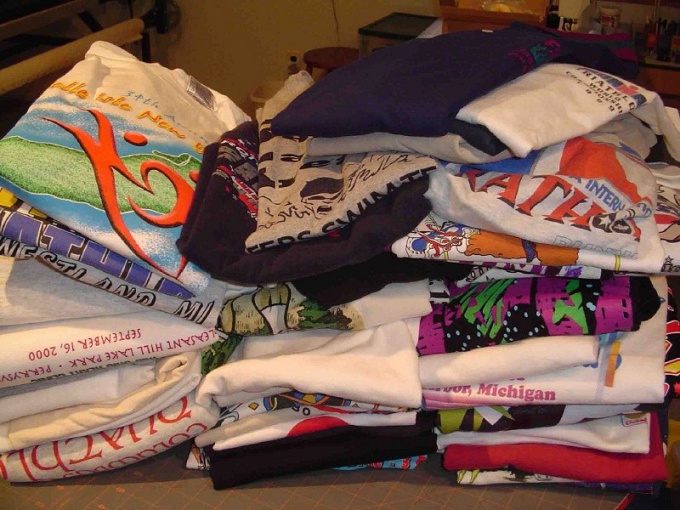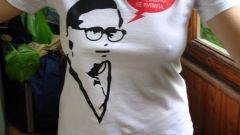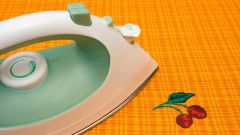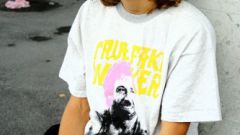Instruction
1
Screen printing is a great way to ensure a good result. The problem is that you will need quite expensive equipment, but if you plan to produce t-shirts with one print edition of 100 units and above, screen printing is a very good decision.
2
There are special printers for printing on fabric. This is an interesting and promising way, but the price of the device and consumables is quite high. However, the print is stable and colorful.
3
Thermal transfer printing using thermal transfer. The drawing of the image by dragging and dropping media onto the fabric by heat press machine. The cost of the press varies depending on how it quality and its type: the press is hinged or swivel. The thermal transfer also can be laser, inkjet, screen or film. Depending on subspecies, the quality of the picture and the cost of its application will vary greatly.
4
Inkjet transfer. In this method the printing is carried out with ordinary ink on the printer, sometimes even on Damascenes, but on special paper. Paper is applied to the fabric image down and placed under the press. This is one of the most affordable and cheapest ways to put a picture on a t-shirt. But its drawback is that the image is unstable, it gradually burned off and washed away in the process of wearing and washing things.
5
Sublimation is another method of thermal transfer, which uses an inkjet printer, but unlike the previous method, this requires special sublimation inks. From home printers will only fit the EPSON, since only in this brand of suitable printheads. If you use plain paper, the image on the shirt fared worse, so better to take special. The fabric is better to use with a high synthetic content, at least 70%. For printing on natural cotton fabrics should be used a special film, otherwise the freeze will not stick. However, the sublimation method of printing a lot of advantages: the image is extremely stable, bright and colorful. To start business of manufacturing of printing on shirts using sublimation method with minimal cost.
6
Laser transfer practically does not differ from the jet. Also need special transfer paper and ink, but to print on cotton fabrics and synthetics. The durability of this image is relatively low. It is much lower than sublimation printing.
7
Stencil transfer resembles the conventional screen printing, but the image transfer is performed first on paper and then on fabric. It is easier, since you can preset many stencil sheets and then print on the fabric, not thinking about the choice of colors and designs.
8
Thermal transfer through the film coating – method, which allows to obtain the stable image. The source material is film that has an adhesive layer. When the transfer is made, it's a bit melted and tightly goes on the fabric.



